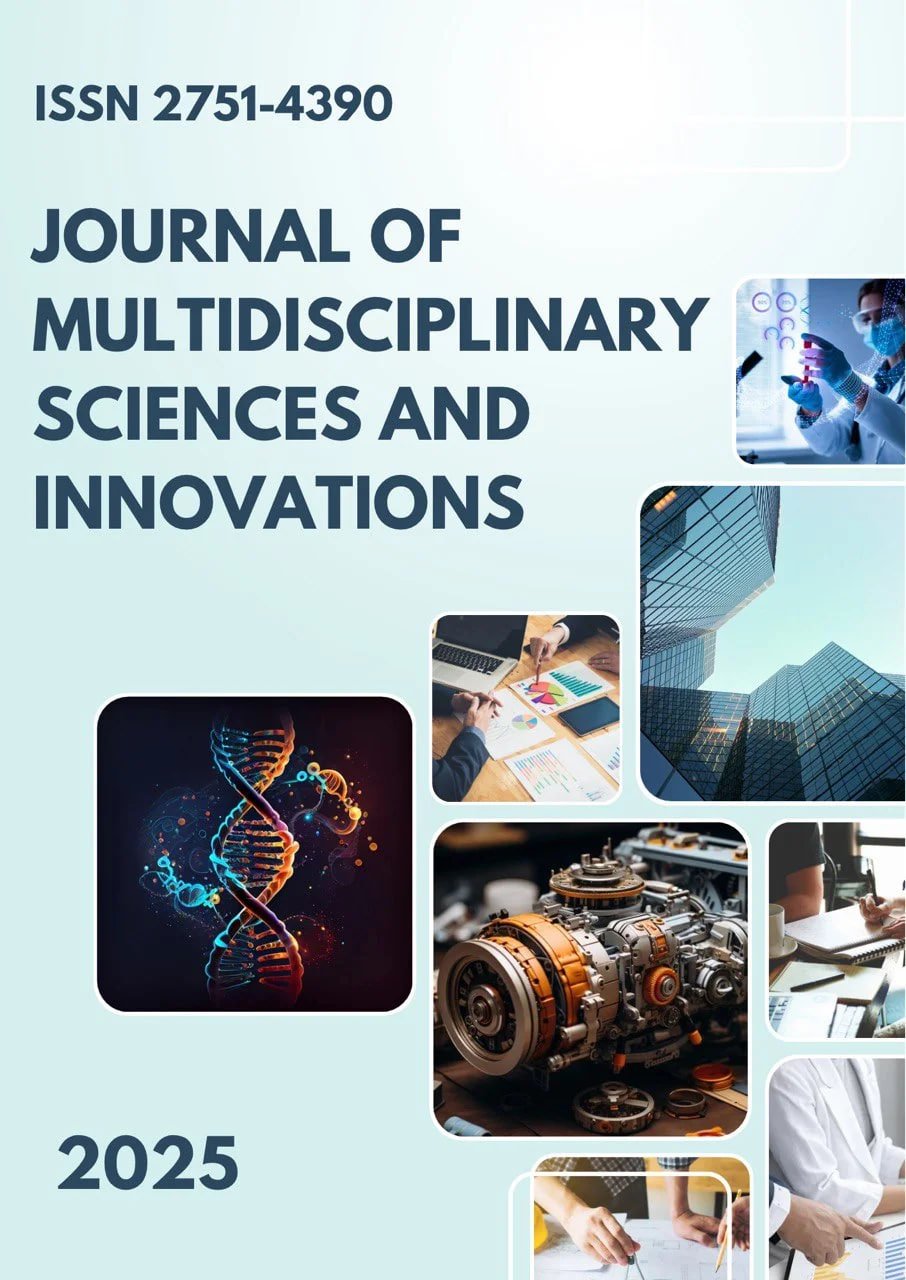A RETROSPECTIVE STUDY COMPARING THE EFFECTIVENESS AND ADVERSE EFFECTS OF FESS AND CALDWELL-LUC PROCEDURES IN MAXILLARY CYST CASES
Main Article Content
Abstract
Both Functional Endoscopic Sinus Surgery (FESS) and Caldwell-Luc operation are surgical techniques used to treat maxillary sinus cysts. However, comparative data on their effectiveness and associated morbidity remain limited. This retrospective study reviewed 75 adult patients treated between 2017 and 2023—60 patients underwent FESS, while 15 received the Caldwell-Luc procedure—for isolated maxillary sinus mucous retention cysts. The study assessed postoperative outcomes including infraorbital nerve impairment (sensory disturbances), pain (measured by Visual Analog Scale, VAS), facial swelling, operative duration, and hospital stay. Statistical analysis using independent t-tests for continuous variables and chi-square or Fisher’s exact tests for categorical variables was performed at a significance level of p<0.05.
Results showed that patients who underwent FESS experienced significantly better outcomes than those who had Caldwell-Luc surgery. Only 5% of FESS patients (3 out of 60) exhibited infraorbital nerve impairment compared to 26.7% of Caldwell-Luc patients (4 out of 15) (p=0.010). Postoperative pain scores were lower in the FESS group (mean VAS 3.2 ± 1.1) versus the Caldwell-Luc group (mean VAS 5.8 ± 1.3; p<0.001). Hospitalization duration was shorter for FESS patients (average 1.8 ± 0.5 days) compared to those in the Caldwell-Luc group (average 3.1 ± 0.9 days; p<0.001). Additionally, facial swelling was less common, and operative time was shorter in the FESS group (both p<0.05).
In conclusion, FESS demonstrated superior perioperative results and lower complication rates compared to the traditional Caldwell-Luc approach for treating maxillary sinus cysts. These findings support prioritizing FESS for suitable patients, as it reduces complications and promotes faster recovery in clinical practice.
Downloads
Article Details
Section

This work is licensed under a Creative Commons Attribution 4.0 International License.
Authors retain the copyright of their manuscripts, and all Open Access articles are disseminated under the terms of the Creative Commons Attribution License 4.0 (CC-BY), which licenses unrestricted use, distribution, and reproduction in any medium, provided that the original work is appropriately cited. The use of general descriptive names, trade names, trademarks, and so forth in this publication, even if not specifically identified, does not imply that these names are not protected by the relevant laws and regulations.
How to Cite
References
1. Stammberger H, Posawetz W. Functional endoscopic sinus surgery: Concept, indications, and results. Eur Arch Otorhinolaryngol. 1990.
2. Kennedy DW. Functional endoscopic sinus surgery. Technique. Arch Otolaryngol. 1985.
3. Ramadan HH. Surgical management of sinus cysts. Am J Rhinol. 1999.
4. Caldwell GW. Accessory sinuses of the nose: Surgical anatomy and the diagnosis and treatment of diseases. Lancet. 1893.
5. Luc H. Nouvelle méthode d’intervention dans les suppurations chroniques du sinus maxillaire. Presse Méd. 1897.
6. Wormald PJ. Endoscopic Sinus Surgery: Anatomy, Three-Dimensional Reconstruction, and Surgical Technique. Thieme; 2012
7. Setliff RC. Minimally invasive sinus surgery. Otolaryngology Clin North Am. 1996.
8. Albu S, Lucaciu R. Endoscopic management of maxillary sinus mucoceles. Am J Rhinol Allergy. 2010.
9. Weber R, et al. Endonasal endoscopic sinus surgery versus Caldwell-Luc operation. Am J Rhinol. 1997.
10. Rizzi C, et al. Endoscopic management of sinonasal cysts. Acta Otorhinolaryngol Ital. 2010
11. Lanza DC, Kennedy DW. Endoscopic sinus surgery: Update. Ann Otol Rhinol Laryngol. 1995
12. Stammberger H. Functional endoscopic sinus surgery. Philadelphia: BC Decker; 1991

